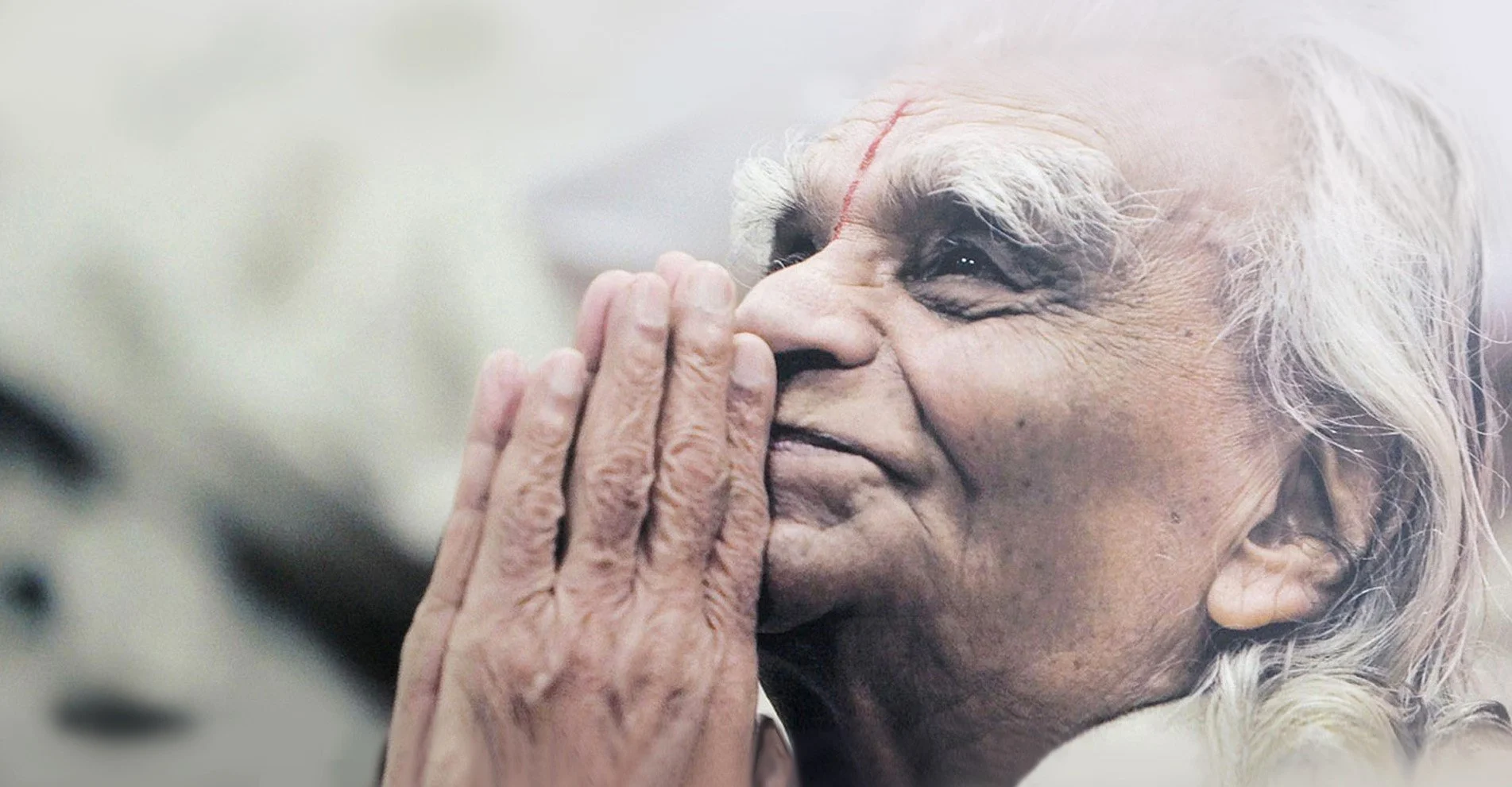B.K.S. IYENGAR
Iyengar yoga is the style of yoga developed by B.K.S. Iyengar (1918 – 2014). Bellur Krishnamachar Sundararaja Iyengar was born in 1918 in Bellur, India into a poor family, the 11th of 13 children. He was a sickly child who suffered from influenza, tuberculosis, typhoid fever and malnutrition. Aged 15 he was sent to live with his brother-in-law, the yogi Krishnamacharya, to improve his health through yoga. After a few years in Mysore he was sent to Pune to teach yoga there. The time that followed was difficult as Iyenger did not speak the local language (Marathi) and finances were tight. His wife, Ramamani, whom he married in 1943, was a great support to him during these times.
In 1952 Iyengar befriended the violinist Yehudi Menuhin, which started the process of him becoming known in the West. He travelled around the world, coming up against discrimination and misconceptions about yoga, but gradually through the 1950s and 60s his teachings spread. In 1966 he published Light on Yoga, which became an international bestseller.
Iyengar officially retired from teaching in 1984, but continued to be active – teaching special classes, giving lectures and writing books – up to his death in 2014, aged 95. Of his six children it is particularly his daughter, Geeta, and son, Prashant, who gained international acclaim as teachers, and the family legacy continues in the next generation through the work of his granddaughter Abhijata.
Based on intensive and lifelong self-practice, self-study and teaching, B.K.S. Iyengar systematized over 200 asana (posture) and pranayama (breathing) techniques, organised a progressive approach from simple to difficult asanas, developed props for use in the practice (prompted when he injured his spine in a scooter accident), and evolved the therapeutic application of postures.
Today there are millions of Iyengar yoga students worldwide and his 14 books have been translated into many languages. There are thousands of certified teachers across more than 100 countries.


